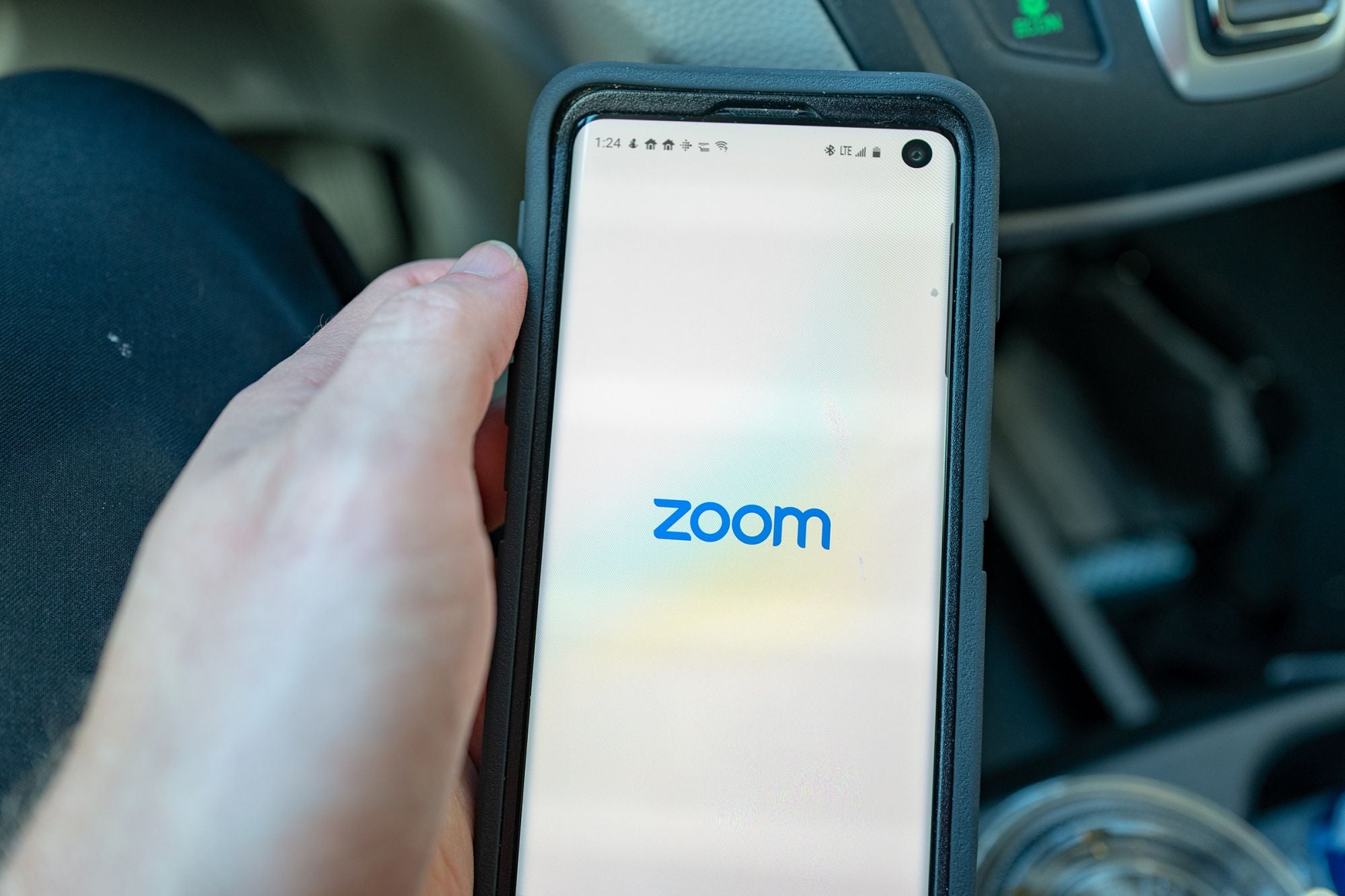6 Tricks You Need to Know About Zoom Get familiar with this collaborative, remote-meeting tool.
By John Rampton
Opinions expressed by Entrepreneur contributors are their own.

If you have recently been directed to work from home, odds are you're going to need to know about Zoom. Zoom is the premier application for remote work meetings and one of the best ways I've personally been able to keep my business running with a remote team. It is easy to use, but there are a few tricks that can make your Zoom experience seamless.
Applying the following tips can help you avoid potential disasters when organizing your first online business meeting.
Meeting ID
Although Zoom allows you to schedule meetings, you might find it easier to use a meeting ID instead. This ID can be used repeatedly, eliminating the need to set up a new room for every meeting. Team members can save this code to reference for every planned meeting. You can schedule your meeting on your company's calendar and start the meeting without having to schedule it in Zoom.
Related: 25 Tech Tools, Tricks and Tips to Get the Most Out of Your Chromebook
Chats
While using Zoom for video or audio meetings, you can also use a chat feature for instant messaging. Messages can be sent to the entire group or privately to one individual. This allows communication to continue without interrupting the speaker.
Chat channels can also be created for use outside of meetings. These can be categorized for different groups or purposes and named accordingly. Files, images and screen captures can be shared here for reference in future meetings or to bring back something from a past meeting.
Host controls
Being able to direct a meeting remotely can be tricky. Zoom provides host controls to help make meetings run smoothly. The meeting host has options for controlling the participants' audio, video and screen-sharing settings. Participants can alter their own preferences, but it is reassuring for a host to know that they have the capability of managing their group.
If the host chooses to mute all other participants unless called upon, the "raise hand" feature can be implemented. Just as if you were in a classroom, this button command allows a participant to notify the speaker that they have a question or comment to contribute. This feature prevents unneeded and distracting interruptions that can derail or drag out a meeting.
Hosts can also enable simultaneous screen sharing.
Related: 15 Tips, Hacks and Tricks to Get the Most Out of Google Photos
Simultaneous screen share
Collaborating on a presentation is made easier with Zoom's screen-sharing capabilities. The meeting host can enable multiple participants to share their screens based on their team's needs. Documents can be compared in real time, presentations can be given with multiple layers and more. This is the digital equivalent of distributing resources in the meeting room.
For a more lighthearted meeting for team-building or morale-boosting, consider using screen sharing for ice-breaking activities. Ask participants to make a quick drawing on their computers and compare them to each other in a silly contest. New members can easily share images of their personal life so the rest of the team can get to know them better.
Active speaker view
Zoom's video call technology provides active speaker viewing. Its software detects which user is speaking and changes the screen to their window. This, in theory, allows for seamless transition between contributors. If too many people are speaking and this feature becomes overbearing, you can quickly disable it by selecting a particular participant to lock your screen onto. Focusing on the host, even when others make comments, can create an online atmosphere that seems most similar to a real-life meeting.
For the especially daring, gallery view allows you to view up to 25 screens at a time, allowing you to see the entire team at once.
Basic vs. pro plans
The free-to-use Zoom tools work great, with the exception of one caveat. The basic plan only allows meetings for up to 40 minutes. An upgrade to the paid pro plan gives you a 24-hour limit — more than enough time — if you plan on needing more than what the Basic plan allows. It also is amazing for running your business when you don't have wifi.
If you figure you only need 40 minutes or less for your meetings, you won't have to worry about upgrading your plan. Zoom allows all of its users to host unlimited meetings with up to 100 participants. Other features of the Basic plan, as mentioned above, are local recording of your meetings, the nifty "hand raising' feature, and simultaneous screen sharing among participants.
Besides extended meeting time allotment, the pro plan also offers 1 GB cloud storage for recording, a customized personal meeting ID and the additional add-on plans. For larger corporations, business and enterprise plans allow for more participants and more hosts.











